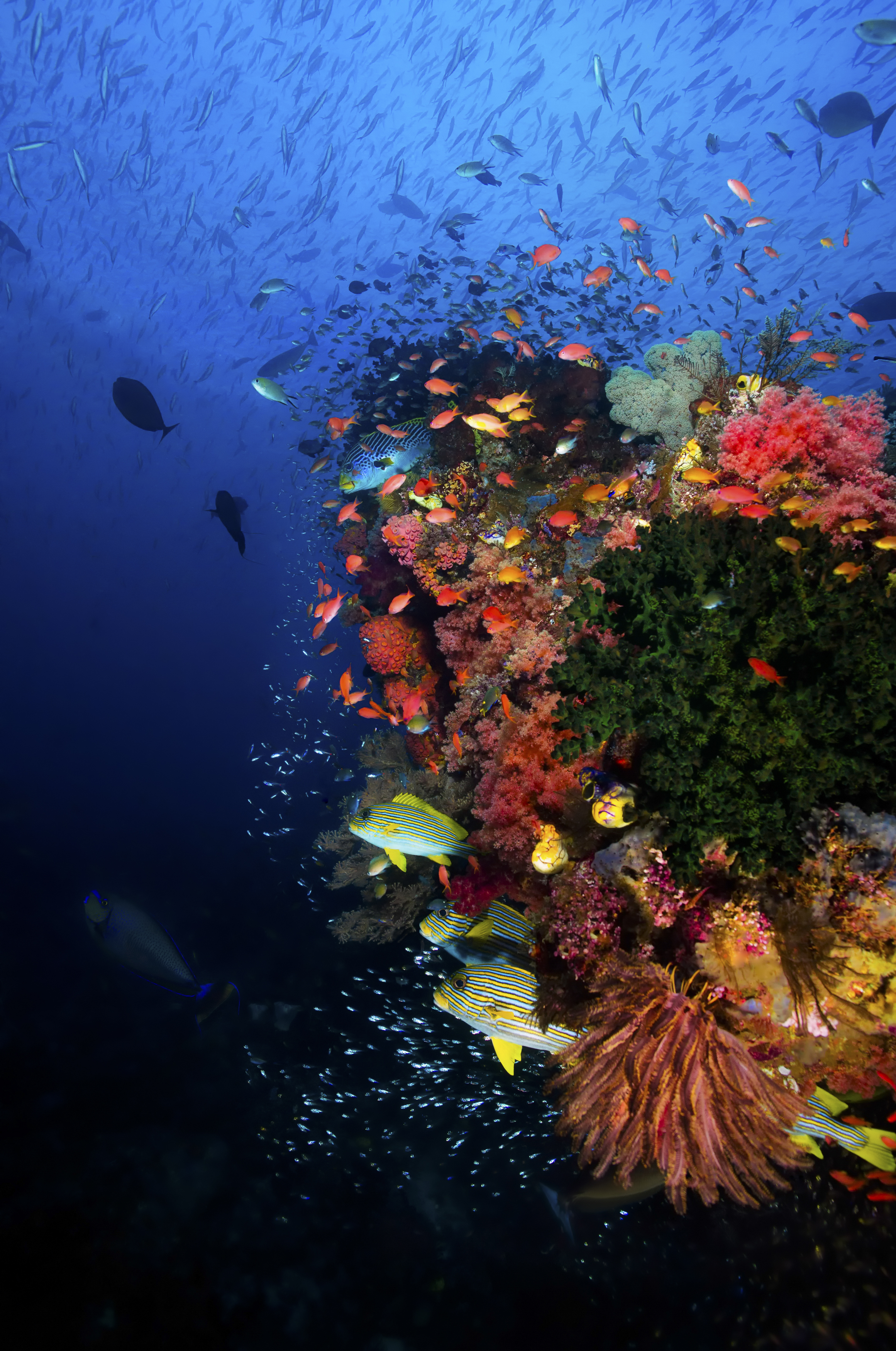Abstract
Histopathological studies on viral nervous necrosis in a new host, Japanese sea bass Lateolabrax japonicus.
Jung, S., Miyazaki, T., Miyata, M. & Oishi, T.
Bull. Fac. Bioresour. Mie-Univ.
16
9-16
1996
Viral nervous necrosis (VNN) is a disease with Nodavirus among larval and juvenile stages of many species of marine fish. In February 1995, VNN occurred in the juvenile of the Japanese sea bass Lateolabrax japonicus as a new host. The infection of the Nodavirus was confirmed by PCR (polymerase chain reaction) method. Histopathological study revealed the brain, spinal cord and retina had nerve cells with coagulative necrosis accompanied by formation of intracytoplasmic PAS positive inclusions and vacuoles. The necrotic cells were replaced by empty spaces after the destruction. In 48-day-old fish, nervous necrosis was marked in the diencephalon and medulla oblongate of the brain, the dorsal part of gray matter in the spinal cord, and the gang1ion cell layer and nuclear layer in the retina. In 63-day-old fish, focal necrosis of nerve cells was obvious in all parts of the brain, where a few inflammatory cells followed, and in the dorsa1 area of the spinal cord, Necrosis of the retinal cells developed with accompanying inflammatory cell infiltration. Electron microscopy revealed unenveloped spherical virus particles (30nm in diameter) present within inclusions or diffusely in the cytoplasm in the brain and spinal cord as well as the retina.
Cambridge Scientific Abstracts
